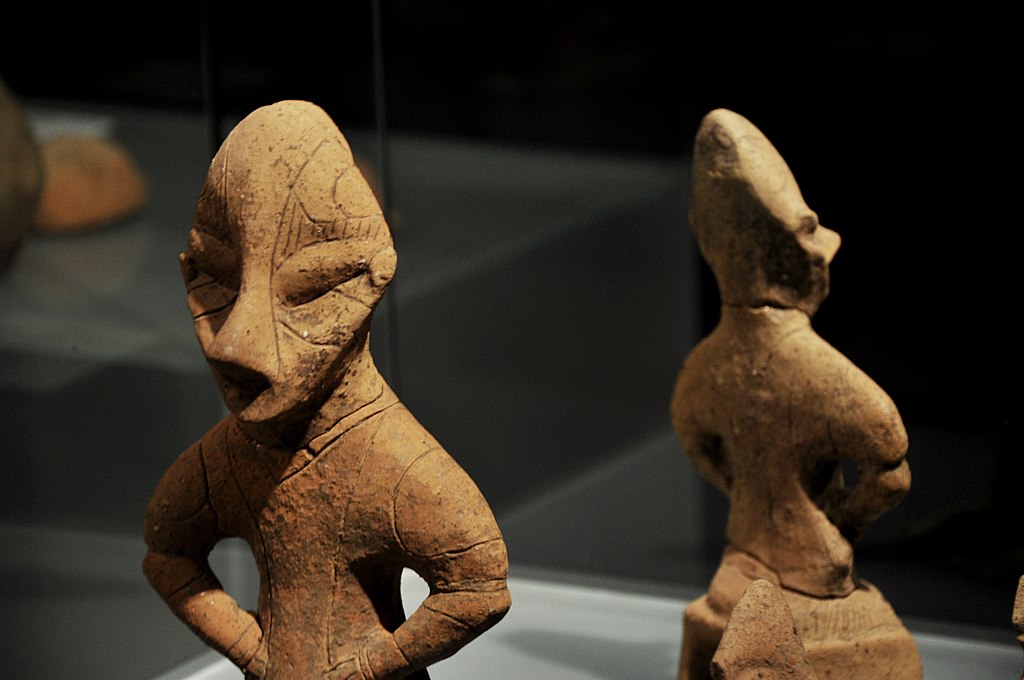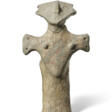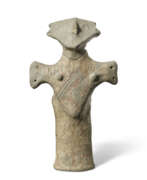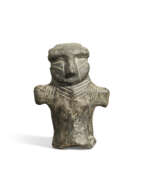Vinča culture

Vinča culture
The Vinča culture, also known as Turdaș-Vinča culture, was a notable Neolithic archaeological civilization in Southeast Europe, predominantly in what is today Serbia and Kosovo, but also extending into parts of Hungary, Romania, Bulgaria, Croatia, Bosnia, Montenegro, and North Macedonia. This culture, which dates from approximately 5400 to 4500 BC, is named after its type site, Vinča-Belo Brdo, discovered near Belgrade, Serbia, in 1908.
A key characteristic of the Vinča culture was its advanced farming technology, which led to significant population growth and some of the largest settlements in prehistoric Europe. The society is known for its dark-burnished pottery and the production of various zoomorphic and anthropomorphic figurines. Interestingly, the Vinča symbols found in this culture are often considered as one of the earliest forms of proto-writing. Moreover, the Vinča culture is recognized for providing the earliest known example of copper smelting in the Old World, indicating a significant advancement in metallurgical practices.
The settlements of the Vinča culture were notable for their size and density. For instance, the Vinča-Belo Brdo site covered an area of about 29 hectares and may have housed up to 2,500 people. The population density in early Vinča settlements was estimated to be 50–200 people per hectare, with later phases averaging 50–100 people per hectare. Another large site, Crkvine-Stubline, dating from around 4850/4800 BC, might have had a maximum population of around 4,000.
A study involving the analysis of stable isotopes from animal teeth has provided insights into the herding and land use practices of the Vinča culture. These analyses suggest that different types of forage were provisioned to different domesticated species. This research contributes to understanding the complex societal structure and economy of the Vinča culture, highlighting their sophisticated animal husbandry practices.
For art collectors and history enthusiasts, the Vinča culture offers a fascinating glimpse into one of the earliest known civilizations in Southeastern Europe. Its contributions to early metallurgy, pottery, and socio-economic structures provide a rich tapestry for study and appreciation.
To stay updated on the latest findings, exhibitions, and sales related to Vinča culture artifacts, signing up for updates is a good way to remain informed about this intriguing and significant period in ancient history.
| Country: | Bulgaria, Europe, Macedonia, Romania, Serbia |
|---|---|
| Start of the period: | 5400 BC |
| End of the period: | 4500 BC |


